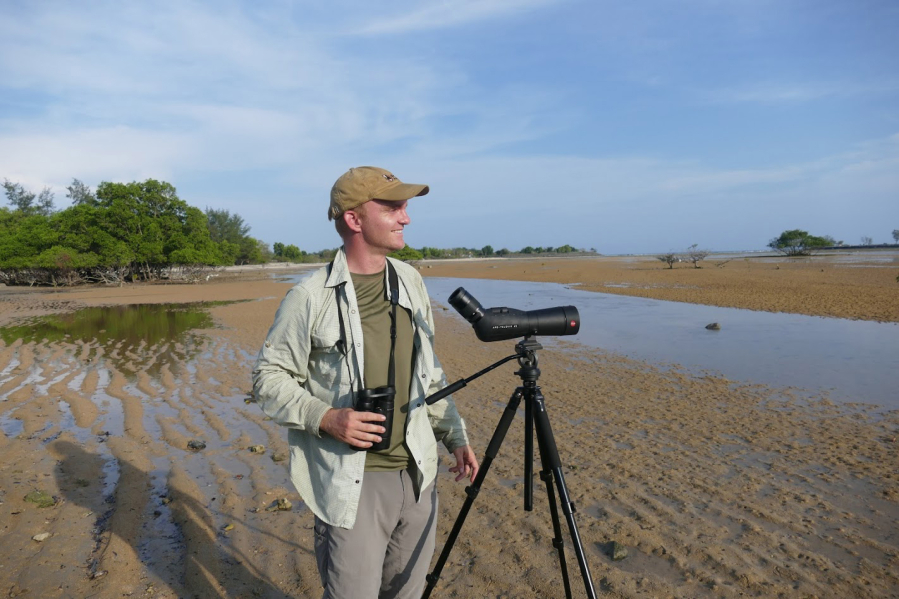The term “bird-watcher” may conjure stereotypical images of retirees, clad in cargo pants and safari hats, peering through binoculars into the scrub within the nearest wildlife refuge, but Noah Strycker defies the convention.
At age 30, the blond, Eugene, Ore.-based ornithologist traversed the globe in 2015 and visited seven continents and 41 countries and set a world record by seeing 6,042 different bird species — more than half the world’s variety of birds — in a single year. Strycker shattered the old record, set in 2008 by two British birders, by 1,701 species.
“It had always been a dream of mine to do an ambitious year of birding,” he said in an interview with The Columbian.
In the world of birders, the Big Year, a quest to see as many birds as possible in a single 12-month span, has been a coveted accomplishment for decades. Typically, though, the American Birding Association’s rules set the parameters for the Big Year. The attempt must start and end in the same year, species should be meticulously recorded in notebooks and entries are judged on the honor system.
Strycker chronicled his project in a book titled “Birding Without Borders.” Now he spends part of his time sharing the story of his journey with other avian aficionados.
On Tuesday night at a Vancouver event held by the Vancouver Audubon Society, Strycker recalled the highlights, mishaps, exotic landscapes, people and incredible birds he encountered on his trip.
When Strycker was about 10 years old, his elementary school teacher put a bird feeder in the classroom window. That experience launched a lifetime of interest and spun into a career that’s included authoring three books and numerous articles about birds and becoming an associate editor of Birding magazine.
Strycker said he’s interested in birds — not just as an academic textbook subject — but what they can teach us about ourselves. After all, birds are ubiquitous creatures, present in remote jungles and sprawling cities alike. And most people, Strycker said, while not self-described birders, have at least one story of an encounter with a bird that made a lasting impression.
“Something about birds is just addicting, as you start to get into it it’s a slippery slope. For some people the addiction is all-consuming,” he said. “Especially when you travel and go to new places … it’s like a treasure hunt.”
During his journey, Strycker saw firsthand how habitat destruction is harming the landscape and how climate change is impacting people’s lives around the globe. But in many other places he saw people making real efforts at protecting local environments.
“Just as more birds haven’t seen an uncertain future more people are caring about them,” he said.
Of all the places Strycker visited, northwest South America had the greatest diversity of bird species of any place in the world. Ecuador alone, which is about the size of Colorado, boasts roughly 1,700 different species.
Still, Oregon and Washington are great places for bird-watching in the United States, thanks to their diverse landscape. Out of all 50 states Oregon ranks fifth and Washington six in species variety, he said. This time of year is particularly good because many different species are migrating.
“The Pacific Northwest is an amazing place for birds,” Strycker said. “We have a high diversity here, even compared to other parts of the U.S.”




